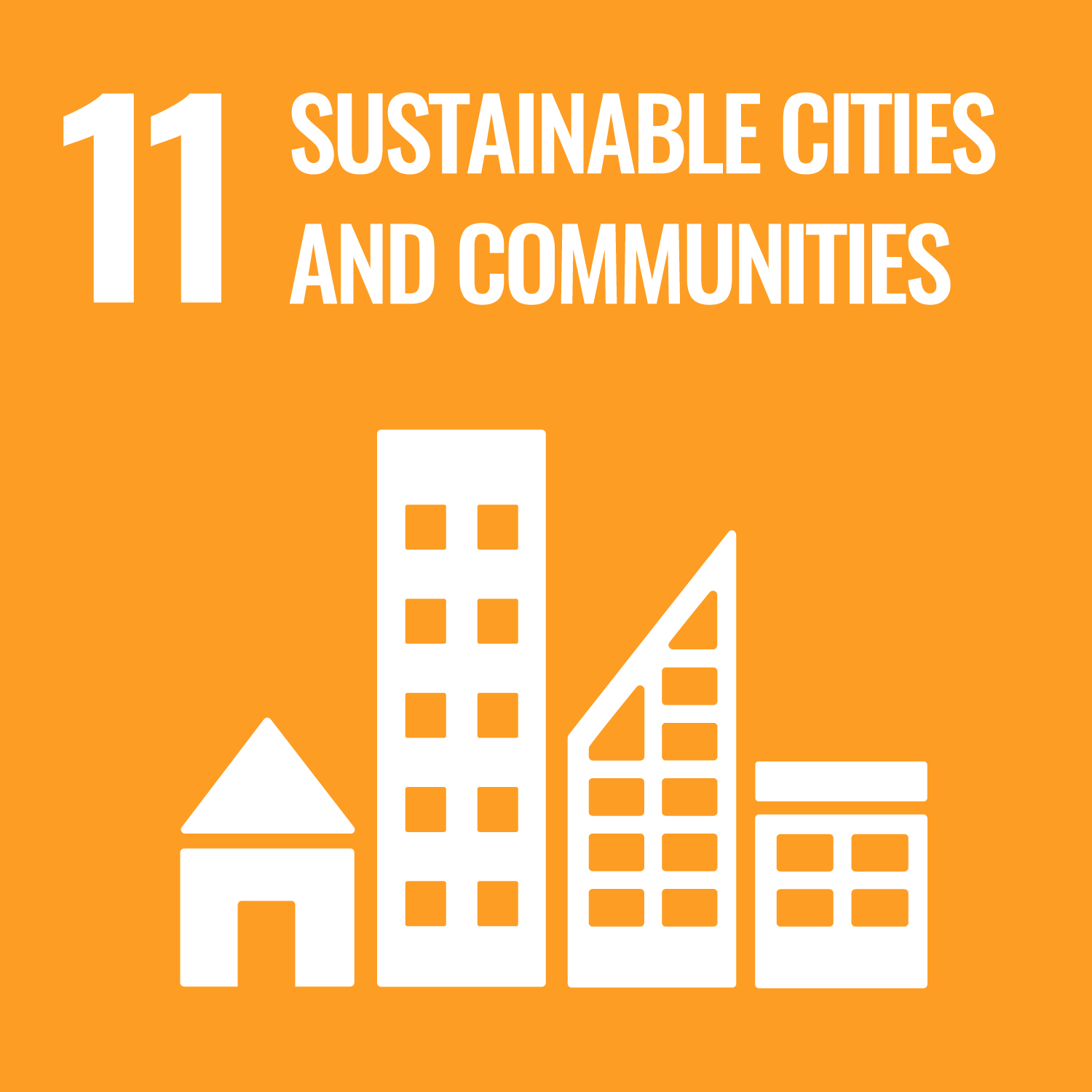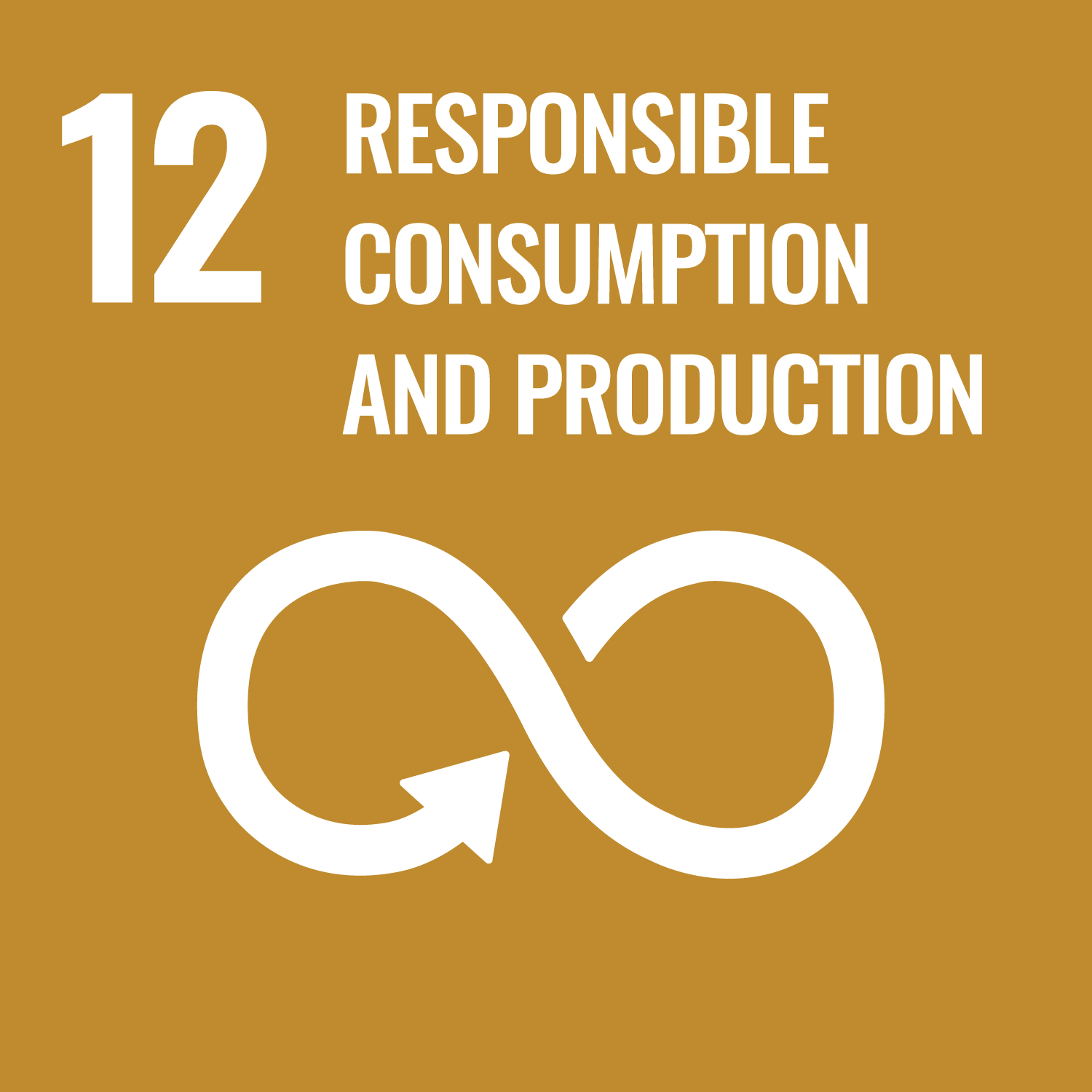Materials are necessary to give the designed object a realistic form. If we can analyze and control not only the properties
of the materials used but also the processing process and characteristics, the range of design will expand. In this practical
training, students will understand the physical properties, processes, and evaluation of materials that are essential for
manufacturing, as well as the difficulty of combining different components (materials). In addition, new functions (recycled
design) created by the realization of the combination and the methods to realize them will be discussed.
The class will focus not only on metallic materials but also on polymer materials as materials indispensable for manufacturing,
and will include not only material properties and evaluation methods, but also processing processes, so that students will
be able to design products from the viewpoint of recycling. Each group proposes a 'green product that reduces CO2 emissions'
together with a 3D mock-up, and learns how to examine resource recycling and environmental impact in manufacturing.
- You can evaluate the properties of metallic and polymeric materials.
- You can sort materials by composition.
- You can design recycling of products based on metallic and polymeric material processes.
| Experiment | Report and Presentation | Total. | |
|---|---|---|---|
| 1. | 15% | 15% | 30% |
| 2. | 15% | 15% | 30% |
| 3. | 20% | 20% | 40% |
| Total. | 50% | 50% | - |
| Class schedule | HW assignments (Including preparation and review of the class.) | Amount of Time Required | |
|---|---|---|---|
| 1. | Investigating social issues, considering green products that reduce CO2 emissions, considering experimental items and timelines | Understanding of materials science | 100minutes |
| 2. | Proposal for green products that reduce CO2 emissions, experiment (1) (using shape memory alloys to understand the function of materials) | Understanding material properties based on phase diagram | 100minutes |
| 3. | Preparation of proposal for green products that reduce CO2 emissions, experimentation (2) (giving shape by casting process) | Understanding of material processes based on phase diagram | 100minutes |
| 4. | Guest lectures and experiments (3) (assembly of thermocouples and temperature measurement) | Understanding the principles and methods of temperature measurement | 100minutes |
| 5. | 3D mock-up production (1), recycling design practice | Understanding safe sample handling | 100minutes |
| 6. | Production of 3D mock-up (2), Recycling design practice (off campus) | Understanding of social issues | 100minutes |
| 7. | Presentation of green products that reduce CO2 emissions to guests | Preparation of presentation | 100minutes |
| Total. | - | - | 700minutes |
Experiment (50%) Report and Presentation (50%). Students must earn at least 60 marks out of 100.
At the 60% level, analyze and evaluate the properties for various materials and can also control the process.
At the 60% level, analyze and evaluate the properties for various materials and can also control the process.
| ways of feedback | specific contents about "Other" |
|---|---|
| Feedback in the class |
- Course that cultivates an ability for utilizing knowledge
- Course that cultivates a basic problem-solving skills
| Work experience | Work experience and relevance to the course content if applicable |
|---|---|
| Applicable | The recycling process from polymers to metals is being developed and instrumented for use in the field. |



- 9.INDUSTRY, INNOVATION AND INFRASTRUCTURE
- 11.SUSTAINABLE CITIES AND COMMUNITIES
- 12.RESPONSIBLE CONSUMPTION & PRODUCTION
Last modified : Tue Sep 17 18:23:09 JST 2024
